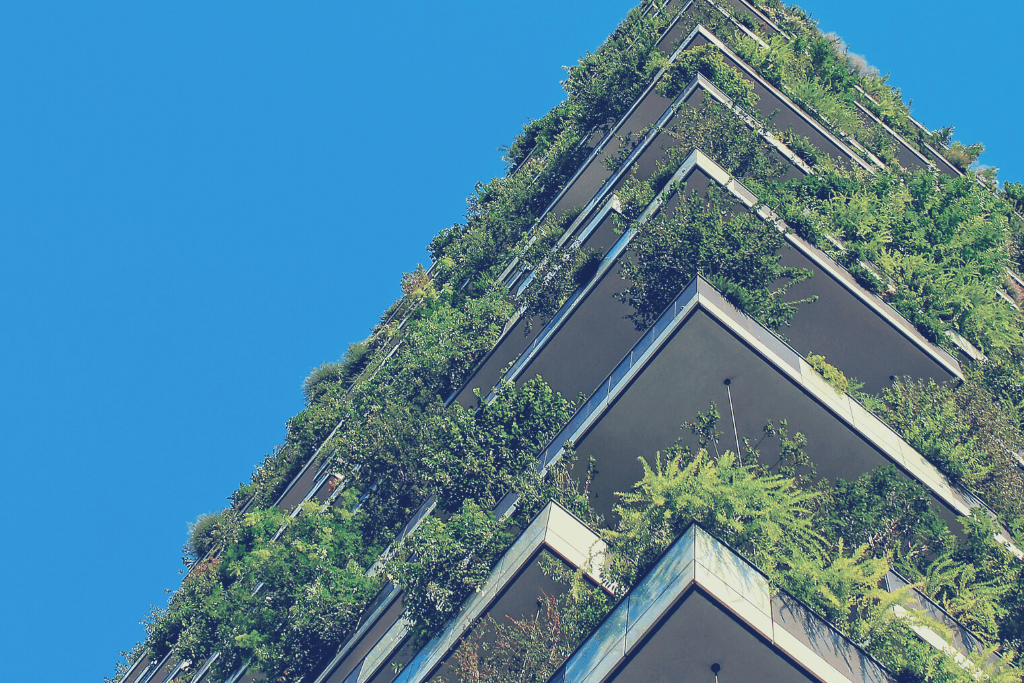Our built environment generates about 40 percent of the global carbon emissions. Almost a quarter of this comes from operational emissions, such as the energy needed to heat, cool, and run our buildings, while the remaining quarter is from materials and construction.
Cement, the most ubiquitous material used in most modern buildings, is responsible for a total of eight percent of the emissions on its own. Hence, in order to keep our planet cool and fight climate change, there’s no doubt that the building industry must reduce its colossal environmental impact.
Luckily, while far from mature or perfect, in the last decades, there has been a significant amount of innovation and growth in the sphere of green building technologies.
What Are Green Building Technologies?

Green construction employs resource-efficient processes to minimize the environmental impact of a building during all phases of its life cycle.
Solutions such as solar power, biodegradable materials, water efficiency technologies, green roofs, smart home appliances, and any other tool to reduce the carbon footprint of a building can be considered green building technology.
Furthermore, the definition can extend to include digital tools such as BIM, IoT, AI, AI, VR, or AR solutions, which dramatically contribute to how resource-efficient a construction process is.
Green buildings offer win-win situations for all stakeholders: They’re cheaper to operate and maintain but are significantly more valuable and attractive to investors. According to the World Green Building Council, green buildings have the potential to cut energy consumption by half or more by 2050. They even have a positive effect on public health, as there’s evidence that green buildings make people happier, healthier, and more productive.
Skyrocketing Growth of Green Building Technologies

Despite the bleak figures concerning the environmental impact of our built environment, green building technologies have already been transforming construction worldwide.
The global green construction market is growing by 12 percent a year and is expected to jump to USD 774 billion by 2030 from USD 290 billion in 2021. This demand is driven by rising public awareness about ecological issues and new governmental regulations that mandate enhanced sustainability and resource efficiency in buildings.
As of 2012, green building construction was among the fastest-growing industries in the United States. The European Union announced its plans to move from near-zero-energy buildings to zero-emission buildings by 2030.
In China, the largest construction market in the world, the total floor area of green buildings exceeded 6.6 billion square meters in 2021 and continues to skyrocket.
Thanks to these synergies and dynamics, there’s no doubt that green building technologies have already irreversibly changed the world of construction, and their impact will only rise.
Digital and Green Go Hand in Hand

“The most sustainable way is to NOT make things. The second most sustainable way is to make something very useful, to solve a problem that hasn’t been solved,” said the Danish architect Thomas Sigsgaard.
As the world needs 13,000 new buildings every day to meet the needs of the projected population of 10 billion people by 2050, construction will inevitably be a vital part of the progress and development of our societies. However, with green building technologies inspired by nature and powered by digitization, it’s possible to build a better, more sustainable future for all.







